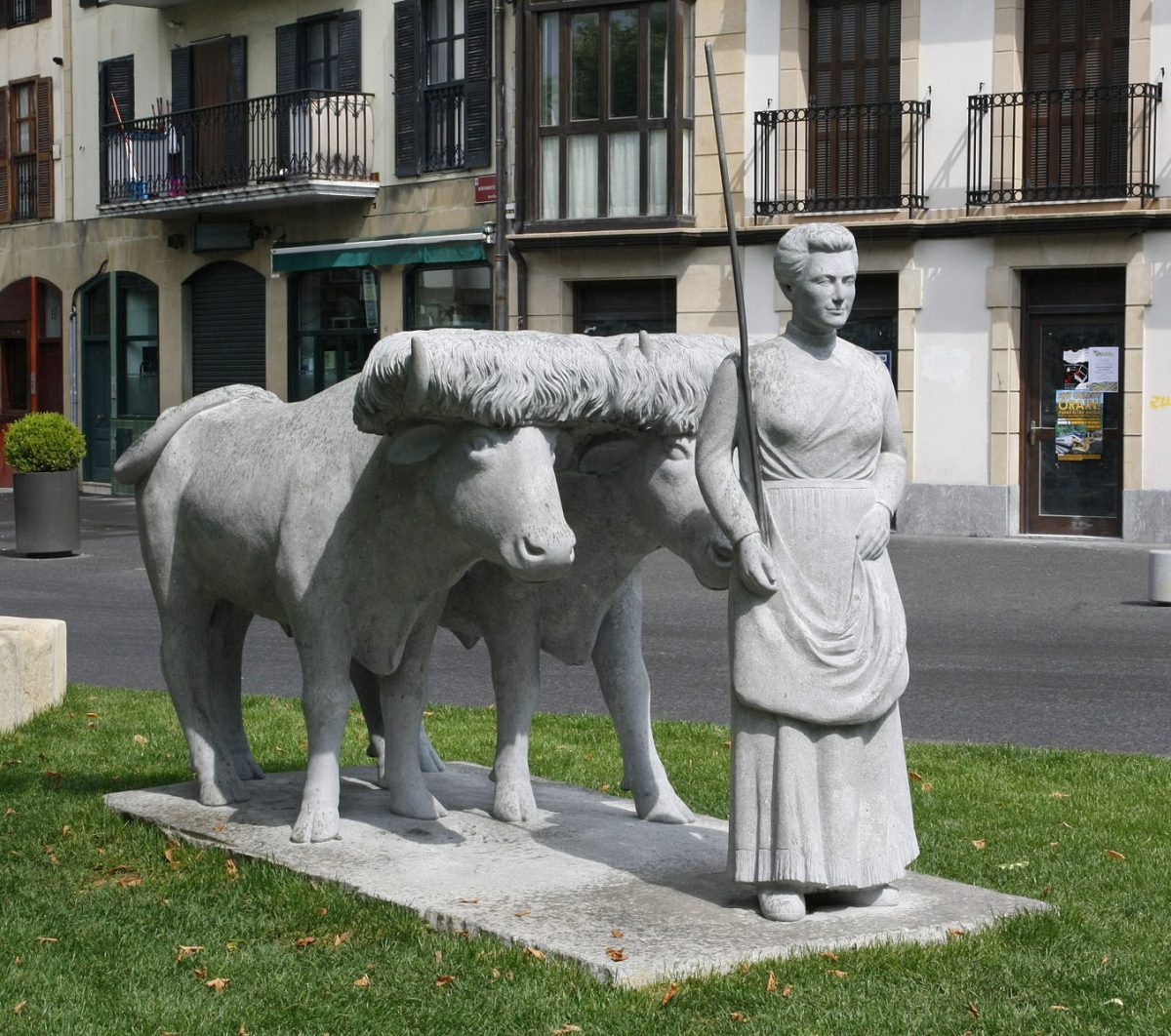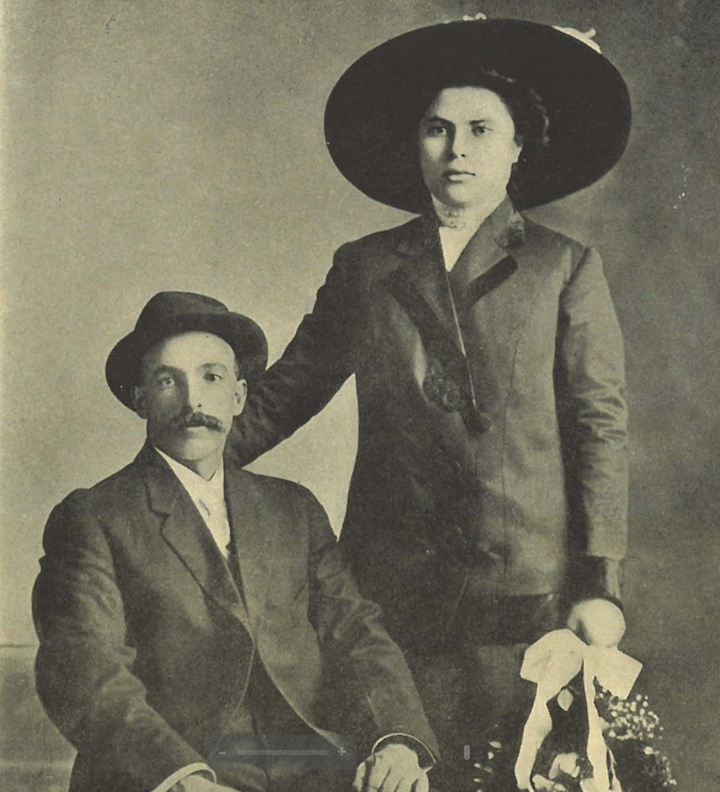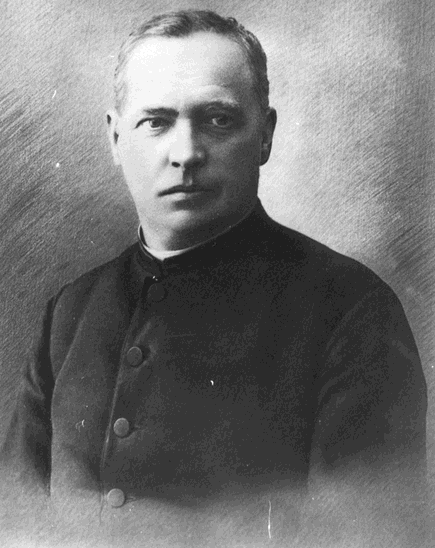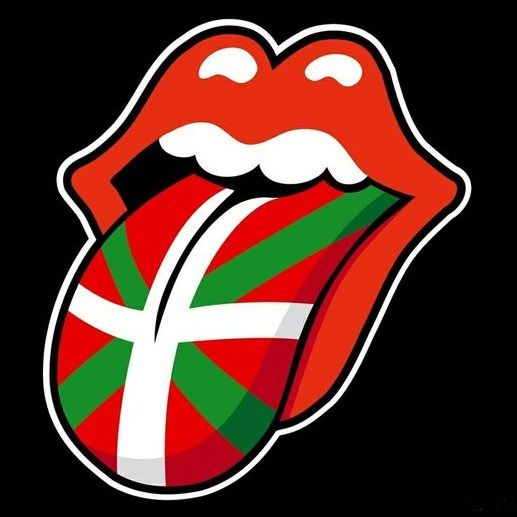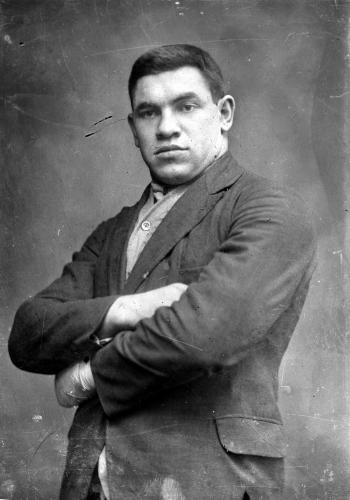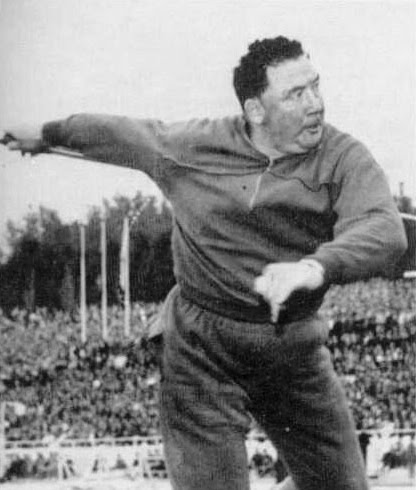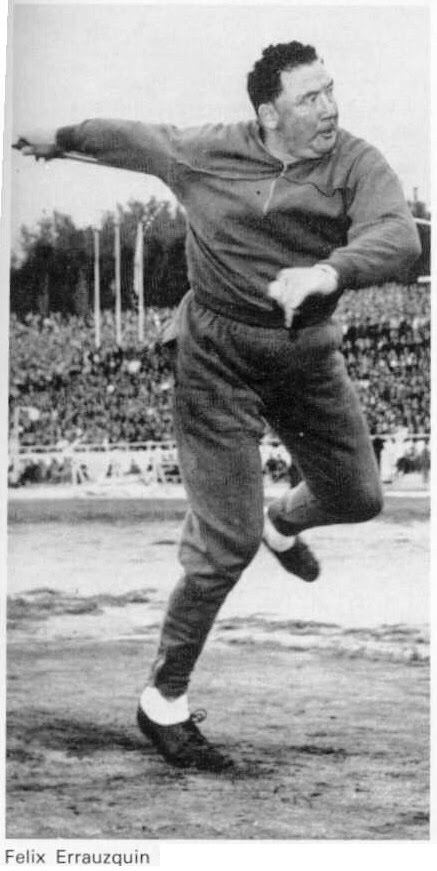Kepa looked at his watch. He paced a few times across the foyer, glancing out of the open door, and then looked at his watch again. “Where the hell is she?” he muttered to himself. Maite was supposed to pick him up and take him to the fiesta in Aulesti. He knew he should have taken the motorcycle, despite his ama’s warnings.
Buber’s Basque Story is a weekly serial. While it is a work of fiction, it has elements from both my own experiences and stories I’ve heard from various people. The characters, while in some cases inspired by real people, aren’t directly modeled on anyone in particular. I expect there will be inconsistencies and factual errors. I don’t know where it is going, and I’ll probably forget where it’s been. Why am I doing this? To give me an excuse and a deadline for some creative writing and because I thought people might enjoy it. Gozatu!
Across the foyer stood the barn. It had been many years since they had kept animals in the barn, but only a generation ago those animals had helped to heat the bedrooms upstairs. Fortunately, at least to Kepa, they had installed heaters. He couldn’t imagine having to keep and tend animals just to have a warm bedroom.
These days, the foyer was little used. Once every long while, they had big family gatherings at the old baserri and the foyer was the only space big enough where they could put a few tables together for everyone to sit and, more importantly, to hold all of the food that they always seemed to be eating. But, it had been awhile since the family got together like that. The last time was a couple of years ago when his cousin had visited from the United States.
Compared to those feasts, the baserri felt empty most of the time. Kepa shared the huge building with his ama. He had taken it upon himself to fix up the bedrooms, to make them a little more modern — at least he couldn’t see through the cracks between the floorboards any more. He had also put in a new bathroom upstairs and fixed up the kitchen that stood next to the foyer on the ground floor. His ama never stopped cooking and he thought she should at least have a nice place to cook in. He just wished she would turn off the telenovelas when he was around. He could hear one blasting from the kitchen — his ama was a bit hard of hearing — and that just made his mood that much more sour.
“Dammit,” he said, again to no one. “I could have walked and been there by now.” He looked at his watch for what seemed the millionth time. “She was supposed to be here an hour ago!”
“Zer?” yelled his mom from the kitchen. “Zer esan zenuen?”
“Ezer, ama!” he yelled back, trying to be heard over that damn TV. He was about to give up, starting to take off his jacket, when he heard a horn blaring from outside.


